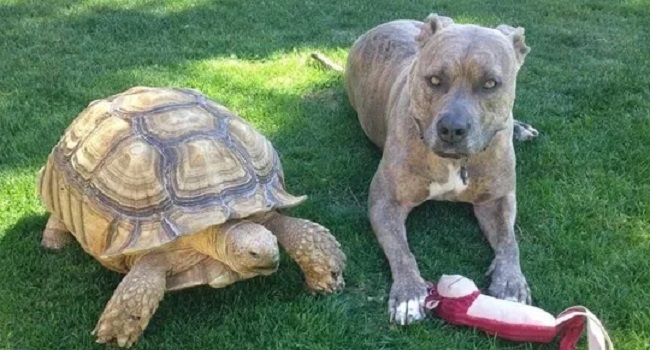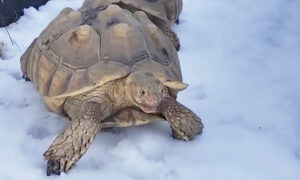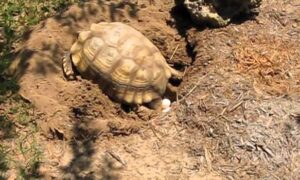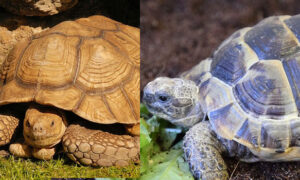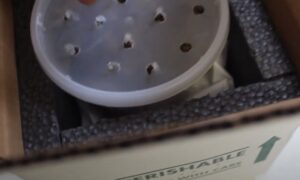Not many predators are able to feed on the salcata tortoises due to its hard shells. Many predators will even avoid them due to their large size. However, but there are a few sulcata tortoise predators that you want to keep an eye out for.
Baby Sulcata Tortoise Predators
The smaller the tortoise, the more predators you need to be concerned with.
Dogs – Even your own pet dog who may typically seem compatible with your tortoise can be a concern. Dogs can cause major damage to your pet sulcata, possibly costing you thousands of dollars in vet bills. And, if you’re raising a baby tortoise around a large dog, the dog could eat the baby.
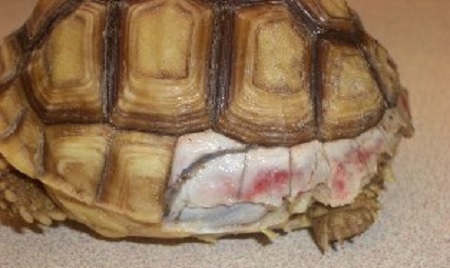
Birds – Large birds will generally leave larger tortoises alone, but baby and juvenile sulcata tortoises are at risk of being attacked or even picked up by birds. Ravens, hawks, owls are threats to young tortoises. Possibly not as common, but crows will even prey on small tortoises.
Mammals – Coyotes, kit foxes, badgers, skunks, raccoons and opossums also prey on tortoises.
When housing a baby sulcata outside, whether as a permanent enclosure or as a temporary enclosure, it is important to protect the tortoise. Outside tortoise enclosures for baby sulcatas should have a protective lid. Consider adding hinges and a lock, as some sulcata tortoise predators can be quite determined.
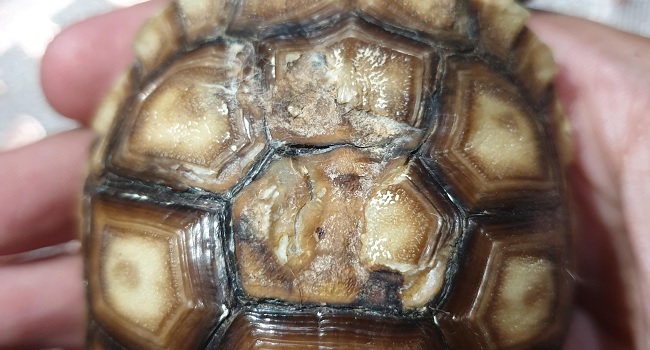
Adult Sulcata Tortoise Predators
There aren’t as many predators for adult tortoises. Because of their size, sulcata tortoises do not have as many predators to be concerned for. You won’t find any birds able to take flight holding an 80+ pound tortoise.
But, you should still be mindful of dogs, coyotes, raccoons and opossums. These predators can be quite determined to get what they want, and since tortoises are relatively slow moving in comparison, these predators can do a lot of damage to your pet sulcata.
Sulcata Tortoise Defenses
Although, tortoises are a slower moving animal, they do have a number of ways to protect themselves from predators.
- Carapace and Plastron – Tortoises have a hard outer shell that can deter predators. Plus, they can suck their arms, legs and head into their shell for more protection against predators.
- Gular Horn – Tortoises, both male and female, have a gular horn on the lower plastron that they can use for self defense. Males have a larger gular typically used when fighting other male tortoises.
- Beak – Tortoises have a hard, sharp, beak-like mouth used when foraging, but it can be used as a weapon of defense against predators.
- Camouflage – Sulcata tortoises easily blend into their surroundings. Their brown and tan markings allow them to hide from predators.

